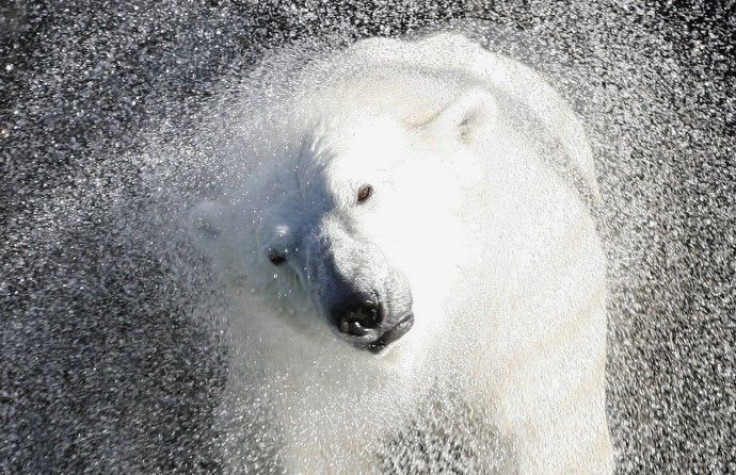Polar bears designated a 'critical habitat' in Alaska

More than 187,000 square miles of on-shore barrier islands in Alaska have been designated a 'critical habitat' for polar bears. The move welcomed by environmentalists is aimed at tackling the threat of extinction of the species.
This critical habitat designation enables us to work with federal partners to ensure their actions within its boundaries do not harm polar bear populations, said Tom Strickland, Assistant Secretary for Fish and Wildlife and Parks.
Nevertheless, the greatest threat to the polar bear is the melting of its sea ice habitat caused by human-induced climate change. We will continue to work toward comprehensive strategies for the long-term survival of this iconic species, he added.
The habitat reportedly includes Chukchi and Beaufort seas, both sites for oil and gas explorations. The special status could mean additional restrictions over the companies applying for permits to operate in the region.
According to the US Fish and Wildlife Service the polar bear was protected under the Endangered Species Act as threatened, range-wide, on May 15, 2008, due to loss of sea ice habitat caused by climate change. Threats evaluated to the species in the region included impacts from activities including oil and gas operations, subsistence harvest, shipping, and tourism.
© Copyright IBTimes 2024. All rights reserved.











